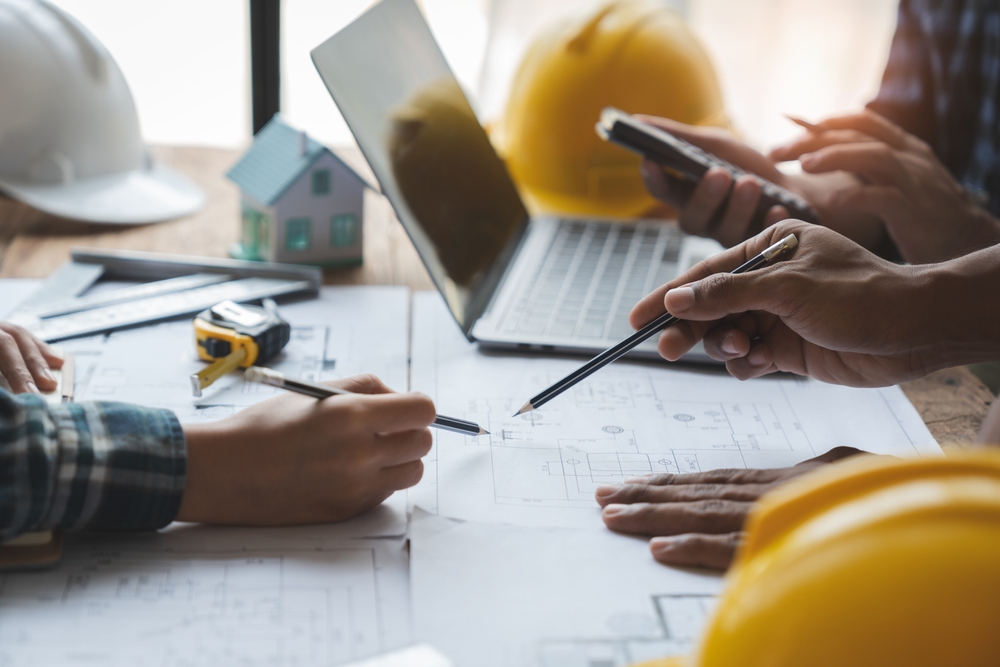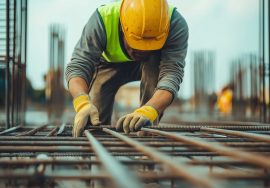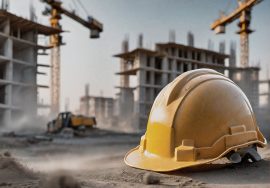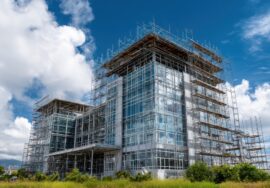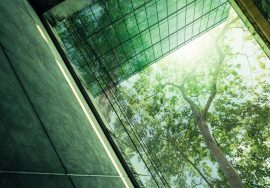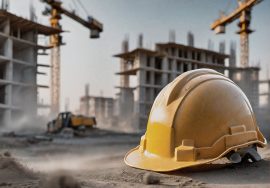Passive House Design: The Future of Energy-Efficient Buildings
Passive House Design: The Future of Energy-Efficient Buildings
Introduction
Passive House Design is revolutionizing modern architecture by offering a highly energy-efficient and sustainable approach to construction. This innovative design standard minimizes energy consumption while maximizing comfort, making it an ideal solution for a greener future.
What is Passive House Design?
Passive House Design refers to a construction standard that prioritizes energy efficiency through advanced insulation, airtight structures, and optimal solar gain. These homes maintain a comfortable indoor temperature year-round with minimal reliance on external energy sources.
Key Principles of Passive House Design
1. Superior Insulation
- High-performance insulation materials like cellulose, rock wool, and fiberglass.
- Reduces heat loss in winter and heat gain in summer.
2. Airtight Construction
- Eliminates air leakage, ensuring controlled ventilation.
- Improves indoor air quality by reducing pollutants and allergens.
3. High-Performance Windows
- Triple-glazed windows with insulated frames prevent heat transfer.
- Enhances thermal comfort and natural lighting.
4. Heat Recovery Ventilation (HRV)
- Recaptures heat from outgoing air to warm incoming fresh air.
- Maintains indoor air quality without excessive energy consumption.
5. Passive Solar Design
- Strategic window placement maximizes sunlight in winter and minimizes heat in summer.
- Reduces dependency on artificial heating and cooling systems.
Benefits of Passive House Design
Environmental Benefits
- Reduces carbon footprint by lowering energy consumption.
- Minimizes waste production through sustainable construction materials.
- Enhances biodiversity by reducing urban heat islands.
Economic Benefits
- Lower utility bills due to reduced heating and cooling requirements.
- Higher property value with energy-efficient features.
- Government incentives and tax benefits for sustainable buildings.
Health and Comfort Benefits
- Consistent indoor temperature without drafts or hotspots.
- Improved air quality with continuous fresh air circulation.
- Noise reduction due to airtight construction and superior insulation.
Passive House Design in India
India is embracing energy-efficient construction through various green building initiatives. Notable projects include:
- Indira Paryavaran Bhawan, New Delhi – One of India’s first net-zero energy buildings.
- CEEBEE Design Studio, Bangalore – A Passive House-inspired workspace reducing energy consumption by 70%.
- IIT Bombay Energy Efficient Housing – Showcases sustainable residential solutions.

Future Trends in Passive House Design
1. Integration of Smart Technology
- IoT-enabled climate control systems for optimized energy usage.
- Automated shading solutions to enhance passive solar benefits.
2. Use of Renewable Energy Sources
- Solar panels and wind energy solutions to achieve net-zero energy consumption.
- Battery storage systems to maximize renewable energy efficiency.
3. Prefabricated Passive Houses
- Reduces construction waste and ensures precision in energy-efficient design.
- Faster and more cost-effective sustainable housing solutions.
Conclusion
Passive House Design is the future of sustainable construction, offering numerous environmental, economic, and health benefits. By adopting this approach, homeowners and businesses can contribute to a greener world while enjoying energy savings and superior comfort.
For expert consultation on sustainable building solutions, contact us today.
External References:
Construction Industry in India
- One of India’s largest construction and engineering companies, Campus Construction Cost Optimization provides services including project management, cost control, and engineering consultancy. For detailed information on their offerings, visit. Construction Industry in India
Read more related articles to enhance your knowledge and make informed decisions
10 Essential Steps in the Building Construction Process
How to Choose the Right Materials for Your Construction Project

